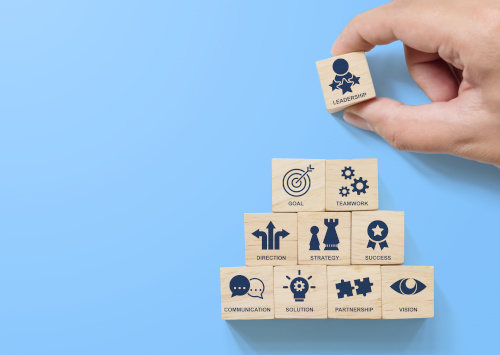2. Making: While so many children grow up as “makers,” this thing called formal schooling often disrupts the natural progression of building creativity. Building blocks are replaced by textbooks, and natural curiosity (aka. trial and error) is stifled by standardized testing. In my class we use everything from pieces of cardboard and glue to metal scraps and a MIG welding machine to “make.” As the adult in the classroom, I do not assess this “making,” I simply encourage it by always providing new resources and materials in our classroom maker space. Next year we are going to build a sustainable 3D printing business, where scrap filament is not simply thrown in the trash, but instead recycled into new filament. Yes, it should be as cool as it sounds!
3. Knowing one’s options: I have spent well over half of my career working with underserved populations. Many times, the academic achievement gap is caused by the opportunity gap. Students do not go through school hoping to land in careers that they know nothing about, and often struggle in subject areas that are not being routinely encouraged by friends and family. Therefore, it is my job to show them different career paths that might not be commonplace in their community. The recently enhanced Discovery Education platform has great video compilations of amazing STEM jobs out there, some of which I had never heard of before myself. Knowing is only half the battle, though…
4. Responding to motivation: The debate between intrinsic and extrinsic motivation, and the role of each in education, will likely never end. Yes, we want all students to be lifelong learners, but it is a lot easier to learn when you see risk followed by reward. While I have mentioned cash prizes to students for meeting certain goals, not one situation has come to fruition where I have had to pay up! At the same time though, a lot of big names such as Amazon are entering the education space to excite students through programs such as the Amazon Future Engineer program. With contests and prizes including scholarship money and Amazon Gift Cards (which to most is as good as cash), students will certainly buy into content a lot more quickly and willingly when they see a tangible outcome that includes recognition for their efforts!
5. The ability to network: One thing that some might be questioning is how does one go from a principal role back into the classroom? It might not be as easy as it sounds, but I had little problem leaving education, finding success in the financial world, and then returning to the school setting because of my connections. Some connections are personal ones, some professional ones, some at an organizational level, and some at a global level. The saying goes that it’s not about what you know, but who you know. I feel that it is about both! I currently consult with two edtech companies (one where my boss is in Australia) and talk to teachers literally all over the globe about these products. While my Twitter following is only nearing 2,500 (@mdsforthekids), I continue to network with fellow educators, innovators, entrepreneurs, and agents of change because you just never know when a different opportunity might present itself.
I encourage my students to be on the lookout for opportunities to widen their network. I encourage them to, when they meet new people they want to stay in touch with, follow-up with a note or follow their social media accounts. Reach out to them occasionally to say to hello, or to update them on a topic of mutual interest. Building out a new network takes time, but it is well worth the energy you spend on it.
While there are many skills and abilities students need for future success, I believe these five are critical, core skills every student can use in pursuit of future success. Now, it is up to us educators to create the learning experiences that will help students build these skills.
- Are substitutes the answer to the teacher shortage? - June 13, 2023
- Preparing for ransomware attacks begins with education - June 13, 2023
- How to use UDL-inspired technology to reengage students - June 12, 2023

